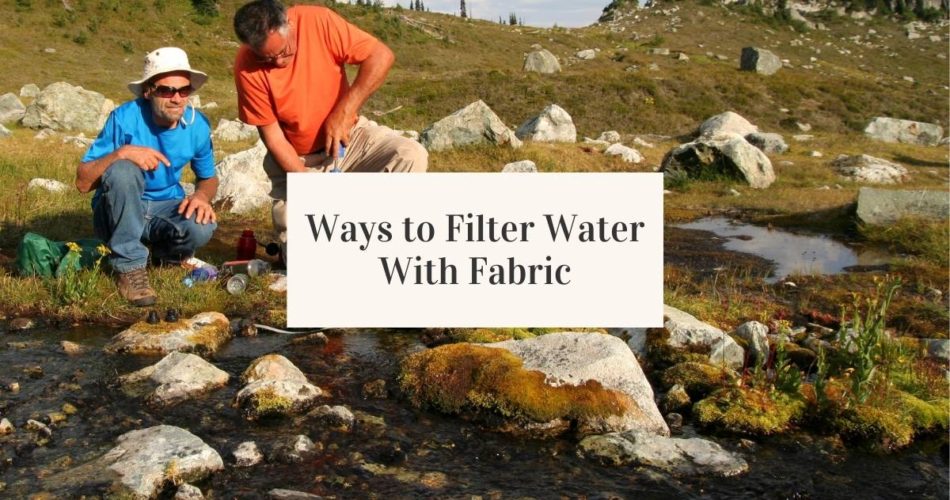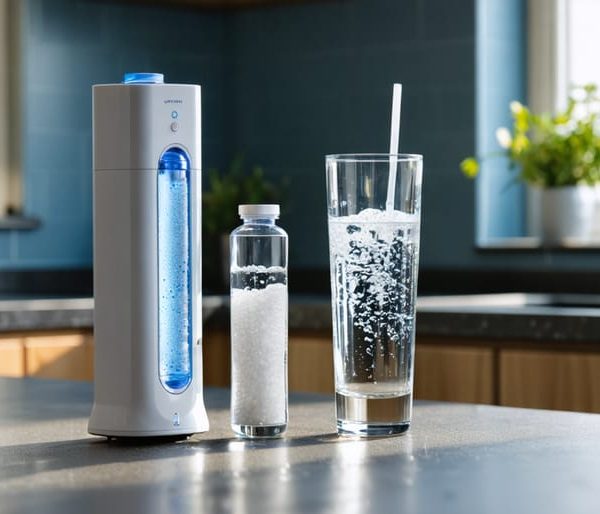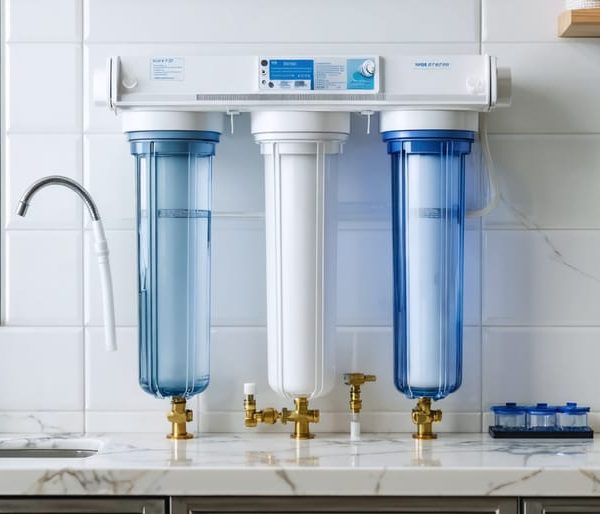A fabric water filter is a cost-effective way of filtering water by reducing the contamination level in your drinking water. Sock or cloth filters are two of the go-to filtering methods in the wild or survivalist settings.
Although they are fairly effective methods of filtering water, it is best followed up by another filtration method for best results. However, a fabric water filter may be better than no filter at all.
1. Filter Water With a Cloth
The most common way to filter water with fabric is by using a simple piece of cloth. Cloth filters can get rid of zooplankton, most phytoplankton, and other pathogens.
Materials
- Used, but clean cotton cloth or sari cloth
- A container for holding the filtered water
- A rubber band (optional)
We recommend silk or cotton fabric for filtering groundwater. The reason is these types of fabric have the least visual turbidity level (1%). Silk fabric has a tight weave and a better flow rate than other fabrics.
The Steps
- Take your cloth and cover the container or glass. A folded cloth filter will give you better results because the water will pass through some layers
- Use the rubber band to tie and secure the cotton cloth in place so it doesn’t fall into the container when you’re filtering water (this is optional).
- Slowly pour water into the makeshift water filter, the cloth filter will trap the impurities from your contaminated water while the water itself will trickle through your cloth filter into the container.
This method of getting clean water can take several minutes to hours depending on the amount of water you want to filter because this method has a very slow flow rate.
Wash and rinse your cloth filter after use. If the weather is sunny, you can dry it under sunlight. However, if it’s the rainy season and there’s no sun, you can use chemicals (disinfectants) to treat your cloth filter.
2. Sock Water Filter Method
Another way of fabric filtration is using a sock and some sand to filter out contaminants.
Materials
- Used (clean) or new sock
- Sand
- Container
The Steps
- Get a used, but a clean sock. We recommend cotton socks over synthetic socks
- Fill your sock with sand to create extra filtration layers
- You can tuck the sock into the round edges of a cup or can to keep it open.
- Slowly pour your contaminated water through the filter. You can also use a makeshift hanger or stick to suspend your sock while it’s filtering water.
- Catch the dripping sock-filtered water in a container.
These impurities in your water can make your water appear cloudy, so we recommend repeating the process several times till the water is clear.
A Useful Tip
A used cloth is better than a new cloth for filtering water. This is because used fabrics have been washed and frequent washing reduces the pore size of a fabric’s surface. The smaller the pore size, the more particles it keeps and the more effective the cloth becomes like a filter. On the flip side, a new cloth has a larger pore size so it won’t be as effective as a used fabric.



